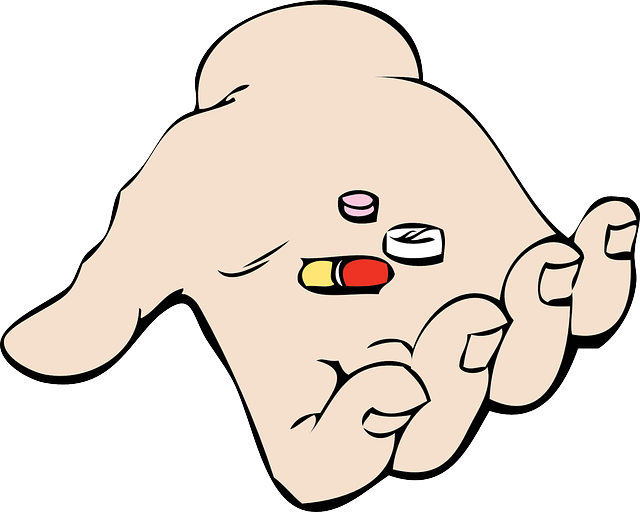Homonym vs Homophone
Homonyms and homophones are two linguistic terms that are concerned with spelling and pronunciation. However, they are not interchangeable. Homophones are words that share the same pronunciation but have different spellings and meanings. In contrast, homonyms are words that have the same pronunciation and spelling but different meanings. Understanding the differences between these terms can improve your English language usage.
Key Takeaways
- Homophones have the same pronunciation but different spellings and meanings.
- Homonyms have the same pronunciation and spelling but different meanings.
- Context is important for understanding the meanings of homophones and homonyms.
What is a Homophone?
Homophones are words that share the same pronunciation but have different spelling and meanings. For example, the words ‘knew’ and ‘new’ are homophones. They have the same pronunciation, but their spellings and meanings are different: ‘knew’ is the past tense of ‘know,’ while ‘new’ is the opposite of ‘old.’ Paying attention to the context in which words are used can help clarify the meanings of homophones.
Other examples of homophones include ‘meet’ and ‘meat,’ which share the same pronunciation but have different spellings and meanings. ‘Meet’ means ‘to join,’ while ‘meat’ refers to the flesh of an animal. Similarly, the words ‘road’ and ‘rode’ are homophones: ‘road’ refers to a path, while ‘rode’ is the past tense of ‘ride.’
What is a Homonym?
Homonyms are words that have the same pronunciation and spelling but different meanings. For example, consider the following sentences:
I screamed because I saw a bear running towards our van.
I took some painkillers because I could not bear the pain anymore.
In these sentences, the word ‘bear’ is a homonym. It has the same pronunciation and spelling in both sentences, but its meanings are different. In the first sentence, ‘bear’ refers to a wild animal, while in the second sentence, ‘bear’ means ‘to withstand’ and is used as a verb.
Other examples of homonyms include ‘patient’ and ‘coach.’ ‘Patient’ can refer to someone who is ill or to the act of bearing something. ‘Coach’ can mean a person who trains athletes or a type of cart.
What is the difference between Homonym and Homophone?
• Homophones share the same pronunciation but have different spellings and meanings.
• Homonyms have the same pronunciation and spelling but different meanings.
• Examples of homophones include ‘meat’ and ‘meet,’ ‘knew’ and ‘new,’ and ‘road’ and ‘rode.’
• Examples of homonyms include ‘bear,’ ‘patient,’ and ‘coach.’
Understanding the differences between homonyms and homophones is essential for effective English language usage.
